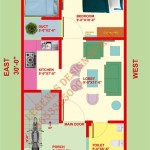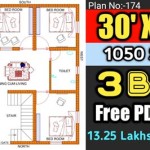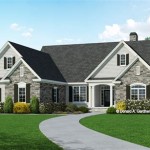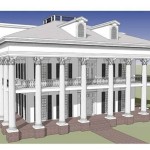Essential Aspects of 1930s Craftsman Style Homes Floor Plans
Craftsman style homes, prevalent during the 1930s, are renowned for their distinctive charm and functionality. Their floor plans exhibit several essential characteristics that contribute to their timeless appeal.
1. Emphasis on Natural Materials and Craftsmanship
1930s Craftsman homes typically feature natural materials such as wood, stone, and brick. Exposed beams, wood paneling, and built-in cabinetry create a warm and inviting atmosphere, showcasing the craftsmanship that went into each detail.
2. Horizontal Lines and Low Profiles
Craftsman homes often have low-pitched roofs with wide eaves and overhanging porches. Horizontal lines dominate the exterior and interior, giving the homes a sense of stability and connection to the surrounding landscape.
3. Open and Flowing Floor Plans
Unlike Victorian homes, Craftsman homes prioritize open and flowing floor plans. The living room, dining room, and kitchen often connect seamlessly, creating a more communal and inviting living space.
4. Built-in Storage
Craftsman homes are known for their abundance of built-in storage. Window seats, alcoves, and cabinetry provide ample storage solutions without sacrificing aesthetic appeal.
5. Emphasis on Natural Light
Large windows and French doors allow natural light to flood into Craftsman homes. This emphasis on natural illumination creates a bright and airy atmosphere that enhances the home's livability.
6. Porches and Patios
Outdoor living spaces are an integral part of Craftsman homes. Overhanging porches and patios extend the living area outdoors, providing opportunities for relaxation and entertaining.
7. Separation of Public and Private Spaces
While Craftsman homes favor open floor plans, they also maintain a clear division between public and private spaces. The living room, dining room, and kitchen form the public areas, while bedrooms and bathrooms are tucked away in more private wings.
Conclusion
The floor plans of 1930s Craftsman style homes embody the principles of functionality, craftsmanship, and connection to nature. Their open and flowing layouts, emphasis on natural materials, and abundant storage solutions continue to inspire contemporary homes, making them a timeless choice for those seeking comfort, style, and enduring charm.

1930 Practical Homes Craftsman House Plans Cottage Floor Architectural

House Floor Plans 1910s 1930s Bungalow Craftsman

1930 Two Story Craftsman Bungalow Kelsey Montgomery Ward Vintage House Plans 1930s

Found On Bing From Www Mexzhouse Com Vintage House Plans Bungalow Modern

Log In Craftsman Bungalow House Plans Floor

1930s Real Estate Vintage Home Floor Plans The Inn

Craftsman Style Bungalow House Plans Vintage Residential Architecture Of The

C 1930 Carlton Small Bungalow By Montgomery Ward Craftsman Style Kit Home Wardway

1930s Real Estate Vintage Home Floor Plans The Inn

Sears Modern Homes 1930 Pg56 Bedford Craftsman Houses Vintage House Plans Style Bungalow
Related Posts








